Reviewer: Zhang Zhaomin, Master of Food Science, Senior Engineer
People are iron, rice is steel, and if you don’t eat a meal, you will be hungry.
Rice, as the most important food in life, can be said to be indispensable every day, but some people choose to refuse rice in order to lose weight and control blood sugar. Is this really good?
1
Eat too much staple food, eat too little,
It will affect the lifespan
A study published in The Lancet Public Health revealed a U-shaped relationship between staple food (carbohydrate) intake and risk of death:
①When the intake of staple food (carbohydrate) provides 50%-55% of energy, the risk of death is the lowest;
②When the intake of staple food (carbohydrate) provides energy accounting for <40%, and >70%, the risk of death will increase.
Generally speaking, you can’t eat too much or not eat carbohydrates, and pay attention to the right amount. If an adult needs 1500 kcal of energy per day, then he should consume about 250g of carbohydrates, which is equivalent to a small bowl of rice and a small amount of fruit.
In addition, people of different ages have different needs for staple food intake.
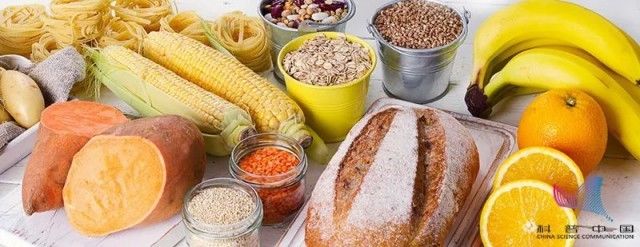
1
After the age of 50, eating more carbohydrates can reduce the mortality rate
Scholars from the University of Sydney and the University of New South Wales have studied the relationship between the proportion of carbohydrates, fat, and protein intake and mortality:
①Under the age of 20, protein energy accounted for 16%, carbohydrate and fat energy each accounted for about 42%, and the mortality rate was the lowest;
②After the age of 20, gradually increase carbohydrates and gradually reduce the energy supply ratio of fat, the protein changes little, and the mortality rate is stable;
③In old age (about 60 years old for men and about 70 years old for women), protein energy supply drops to 11%, fat energy supply ratio drops to 22%, and carbohydrate ratio increases to 67%, and the mortality rate is the lowest at this time .
It can be seen that after the age of 50, the amount of carbohydrates should be appropriately increased, and the amount of cereals and potatoes can reach about 250~400g per day.
2
Eat healthy rice, do these points well
How to eat more healthy rice?
1
Choose long grain rice, lower GI
Although the current rice is polished white rice, there are indica rice and japonica rice, and the two are slightly different.
Indica rice is a long-grain rice that is prolific in the south. It contains more amylose, has a hard taste, and is less viscous. The glycemic index is about 50.
Japonica rice is a round-grained rice that is prolific in the north. It contains a large amount of amylopectin, has a soft and sticky taste, and has a glycemic index of about 83.
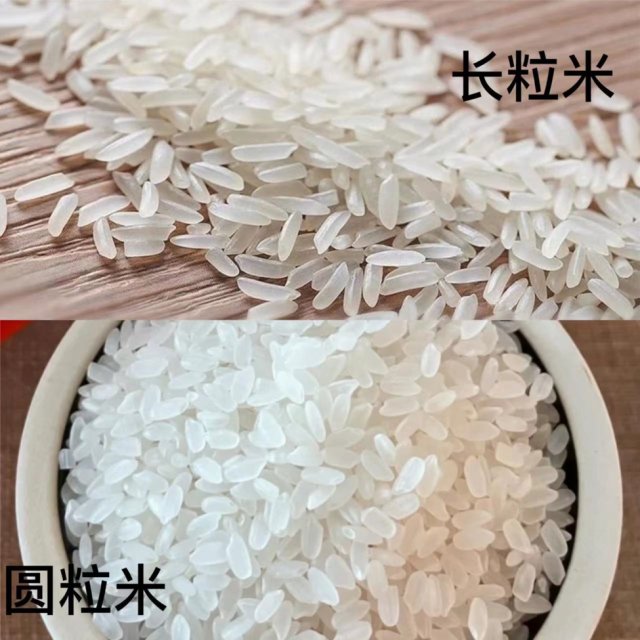
The structure of amylopectin is loose, and it is easier to interact with amylase. At the same time, the release rate of glucose molecules is also very fast, and the blood sugar rises higher. Therefore, among the two, long-grain rice is more suitable for people who lose weight and have high blood sugar.
2
Tips for cooking rice
①Avoid soaking rice for a long time
If the rice is soaked for too long, the inorganic salts and soluble vitamins on the surface will dissolve in the water, causing a certain degree of nutrient loss. More importantly, if the rice is soaked for too long, the hydrolysis rate of carbohydrates in the rice will increase, which will accelerate the gelatinization, and may cause the blood sugar to rise too fast after eating, which is not very friendly to those who need to control blood sugar.
Suggestion: cook the rice immediately after washing it. If you want to soak the rice to increase the taste, you can soak it for 10 minutes in advance. It is best to use the water that soaked the rice to cook the rice.
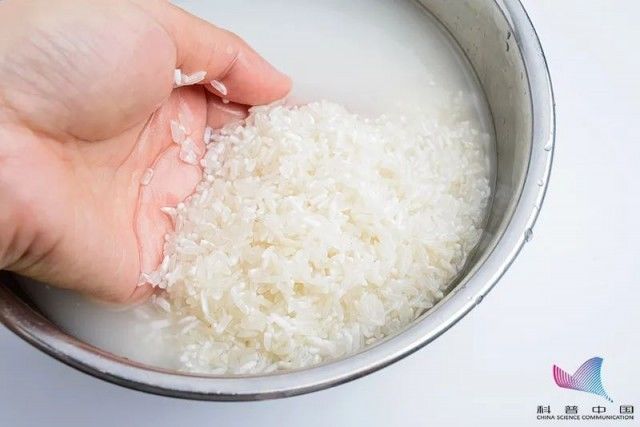
②Short steaming time
The longer the cooking time, the more the B vitamins in the rice are lost, and the higher the degree of gelatinization, the faster the digestion speed, and the faster the blood sugar rise.
Suggestion: Cooking with a pressure cooker can shorten the cooking time and reduce the loss of vitamins. At the same time, because the pot is completely sealed, it can avoid contact with too much oxygen and reduce the loss caused by oxidation.
③Pay attention to the ratio of rice to water
The rice is slightly dry and hard, which is more conducive to stabilizing blood sugar, but adding too little water may cause it to be undercooked.
Relevant experiments found that when the ratio of rice to water reaches 1:2, “whole rice” can be cooked and cooked properly.
④Add some olive oil
An experiment conducted by the Food and Nutrition Research Laboratory of China Agricultural University showed that after adding 1% of the weight of rice with edible oil, the digestion rate of rice slowed down, and the rate of blood sugar rise slowed down, which is beneficial for diabetics to control postprandial blood sugar. Olive oil, in particular, works best.
On the one hand, olive oil is rich in high-quality omega fatty acids, which can enhance insulin sensitivity; on the other hand, the oleic acid in olive oil can help slow down the digestion of food in the stomach.

3
Add some ingredients to the rice
①Miscellaneous grains
“Coupling of thickness and thickness” is a rule of thumb that we usually hear a lot. Compared with refined white rice noodles, coarse grains retain more nutrients, especially B vitamins. For example, steamed rice according to the ratio of 1 portion of rice + 1 portion of coarse grains can increase the intake of vitamin B1 by 2 to 3 times.
At the same time, the husk and aleurone layer retained by the grains can help delay digestion and absorption.

*Millet contains tryptophan to help sleep, you can add it if you don’t sleep well;
*Black rice is rich in anthocyanins, you can add it if you want to be more beautiful;
*Oat is rich in β-glucan, which can promote the metabolism of bad cholesterol in the human body. It is very suitable for people with three highs and cardiovascular diseases.
②Beans
The protein contained in mixed beans is 2-3 times higher than that of rice, and protein is digested much slower in the gastrointestinal tract than carbohydrates, which can occupy the gastrointestinal space for a longer time, thereby enhancing satiety;
/p>
In addition, it is also rich in lysine, which is lacking in grains, which is very suitable for combination with rice to achieve nutritional complement.
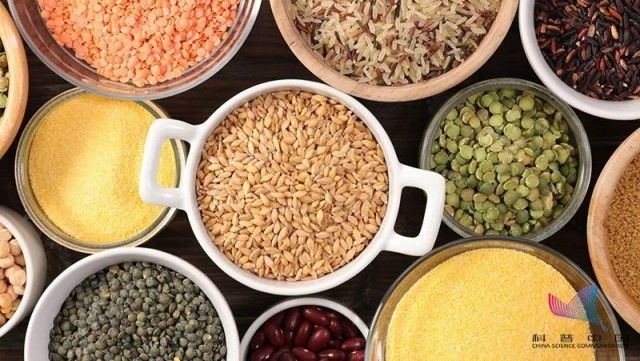
*If you want to nourish the stomach and eliminate edema, you can add red beans;
*If you want to cool off the heat, you can add mung beans;
*If you want to invigorate your kidneys and strengthen your bones, you can add black beans.
③Mushrooms
Mushrooms are included in the “best dietary structure for human beings”. In addition to cooking, they can also be cooked with rice.
On the one hand, fungi have less fat, high protein content, and a complete ratio of amino acids, which can make up for the lack of lysine in rice;
On the other hand, mushrooms contain many nutrients that should not be missed – such as fungal polysaccharides, which can regulate the human immune system and enhance immunity through multiple pathways; ergothioneine, a strong antioxidant, its antioxidant effect It can reach thousands of times of vitamin E and help keep the brain alive.
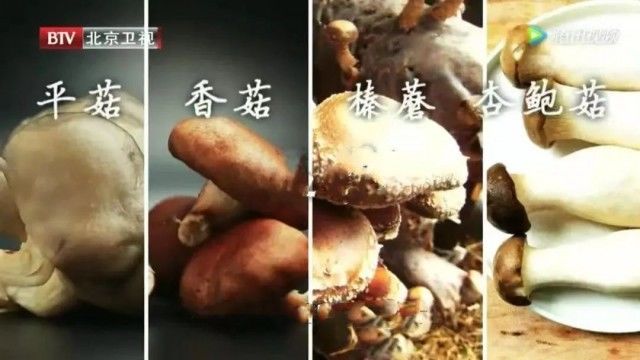
4
Don’t eat with a spoon
A survey conducted by the Singapore Clinical Nutrition Research Center on 11 people who can use chopsticks and spoons flexibly found that eating with chopsticks can help reduce the body’s glycemic index.
Eating with chopsticks prolongs the meal time – 150g of rice, it takes 683 seconds to eat with chopsticks; while it takes 418 seconds to eat with a spoon, and taking a longer time to eat also helps reduce the glycemic index.
Summary: I am a big doctor’s official WeChat